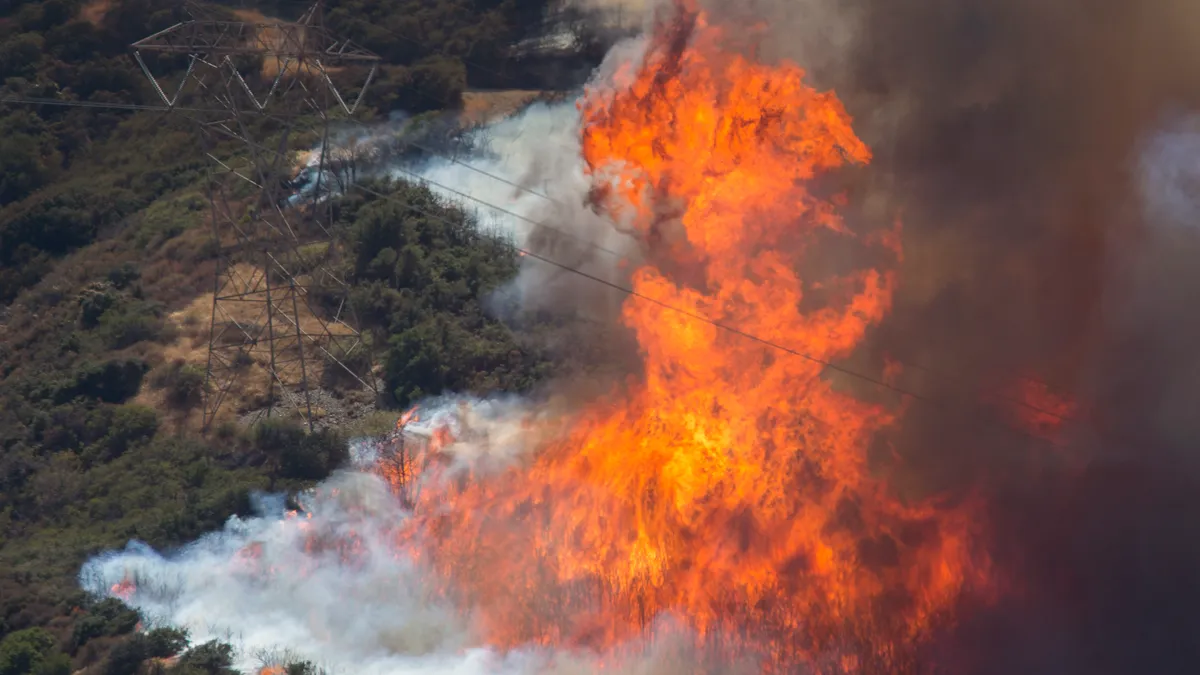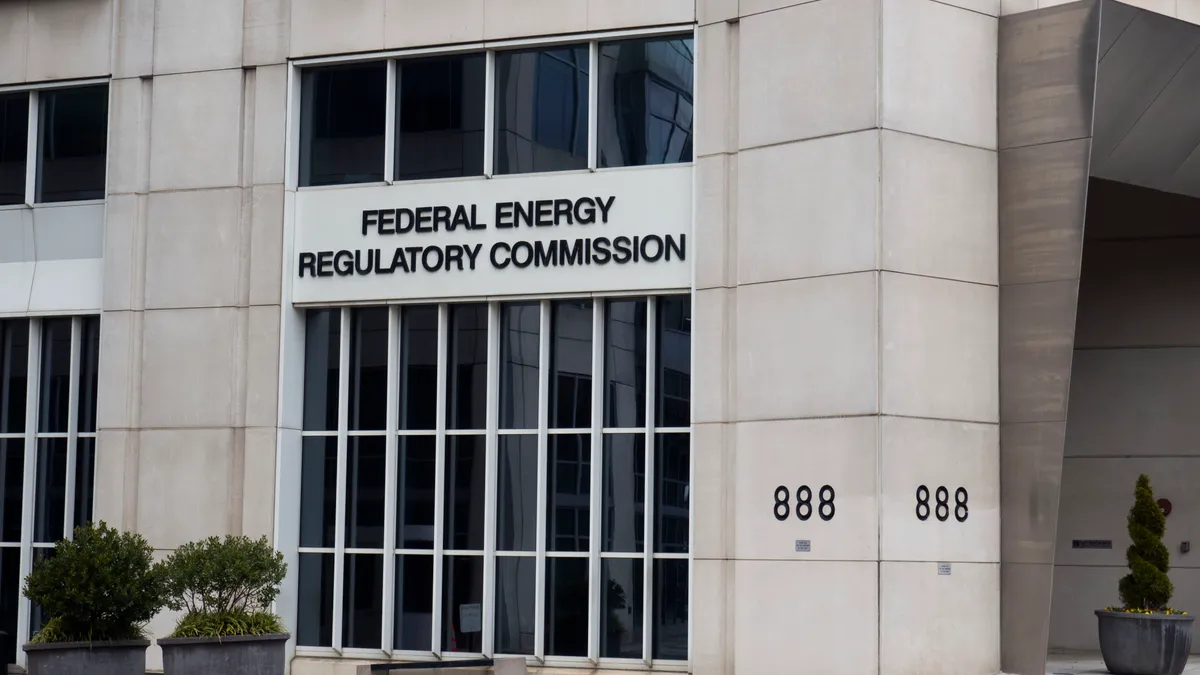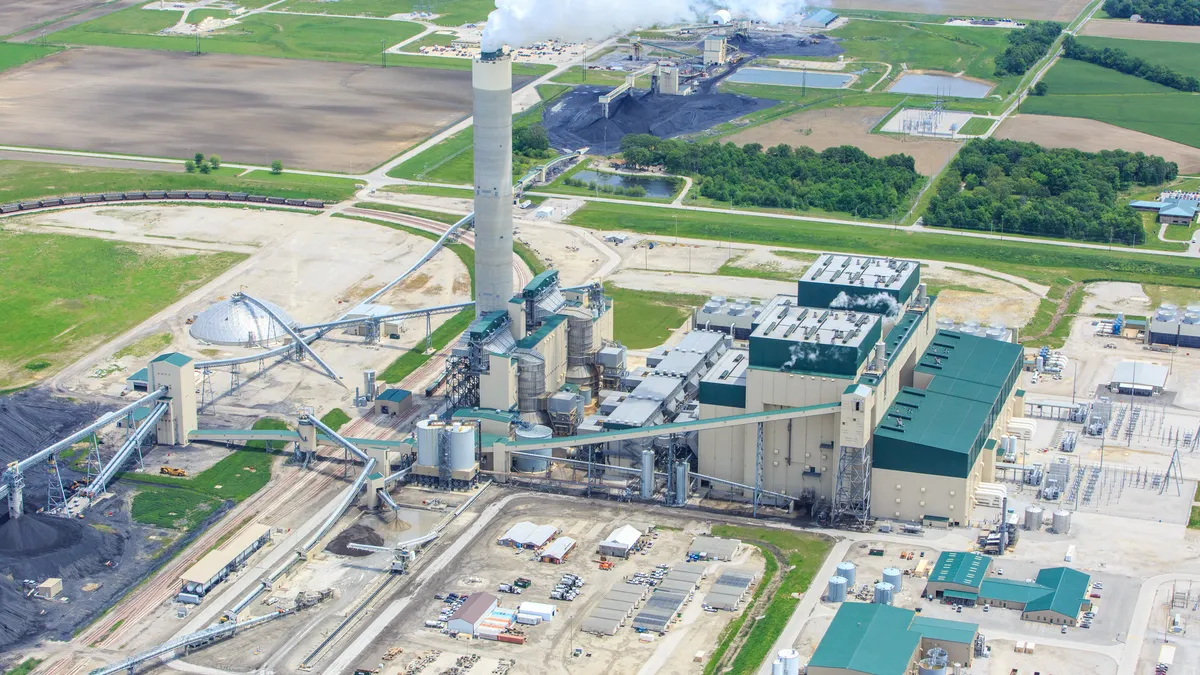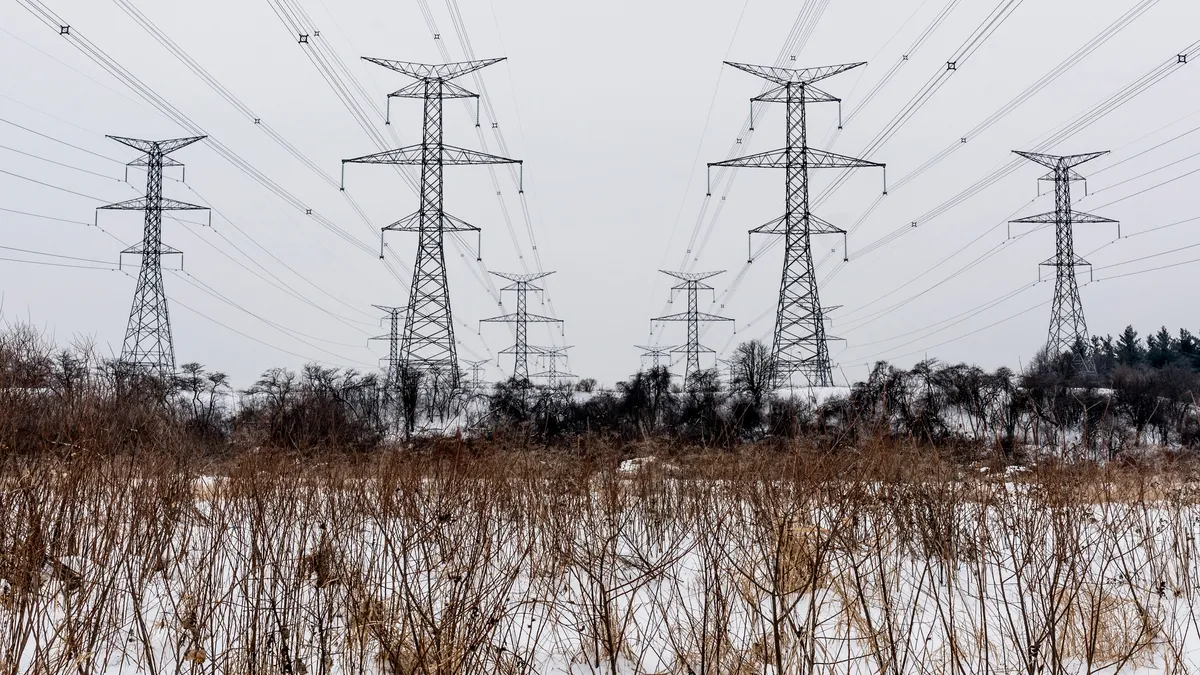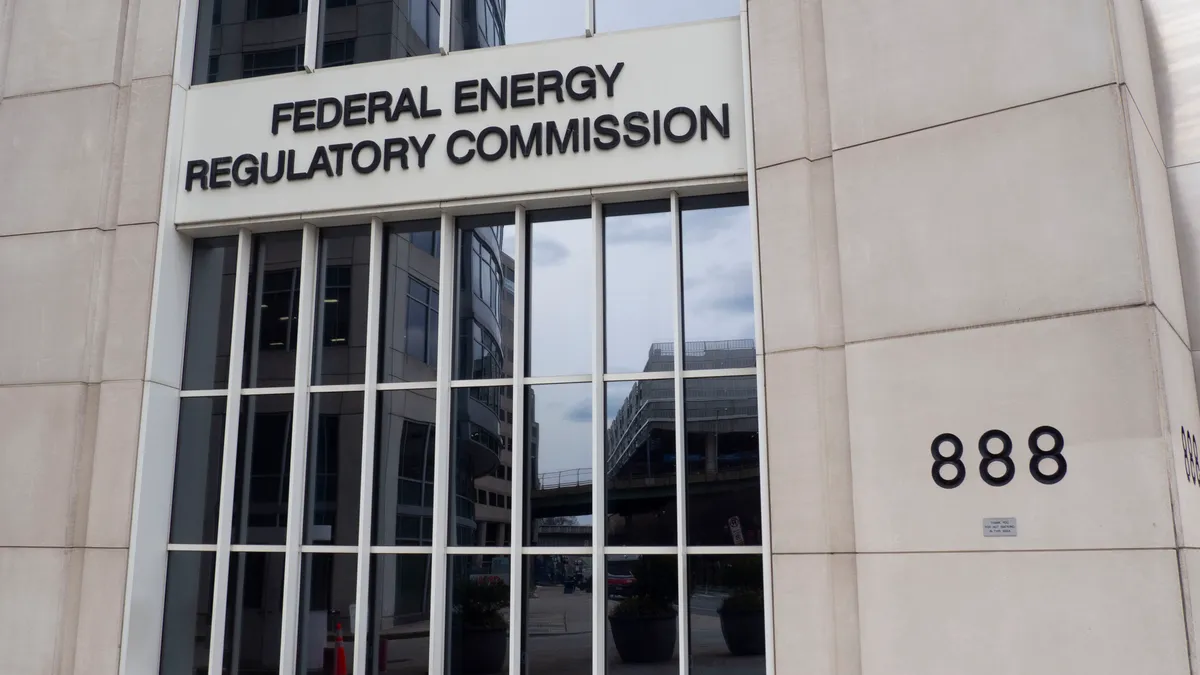Scott Miller is the executive director of the Western Power Trading Forum.
My professional life is completely focused on Western power issues. However, I do keep in touch with my colleagues who work on power market issues around the country. For some years now there has been a loud din of complaint about Eastern markets generally, and the PJM Interconnection in particular. These complaints mostly surround the capacity markets. The capacity market is either too high or mitigated too much. PJM is not being responsive to stakeholders, or it is trying to satisfy every stakeholder.
Yes, capacity markets and resource adequacy (RA) are hard things to get right. For that reason, I am glad the West seeks to meet its resource adequacy needs through bilateral methods. Levels of RA necessary to meet reliability goals are not what people fight about — it is the pricing. For that reason, the regional transmission organization sets itself an impossible task with almost any centralized method.
But that is not the point…
The point of an independent network dispatch of generation across a large integrated region is to make the best use of existing transmission. The day-ahead markets we are striving to establish in the West will be improvements over the “contract path” status quo we endure now. However, I and most transmission customers in the West strongly believe that we cannot stop at “day ahead markets” with each balancing area (BA) remaining in place with its own Open Access Transmission Tariff (OATT) layered within a day-ahead tariff of the market administrator. While an improvement over the contract path approach, it will still be sub-optimal.
How do I know this? Because I was on PJM staff in 2004 when the American Electric Power system with its 765-kV backbone system was integrated into the PJM system and the increased flows could be measured. In a 2008 study, Erin Mansur and Matthew White used flow data to demonstrate a near doubling of flows over the system from the period before integration and the date from integration. A graph from that study shows the flows over the AEP system going in the predominant West-East direction before and after the day of integration.
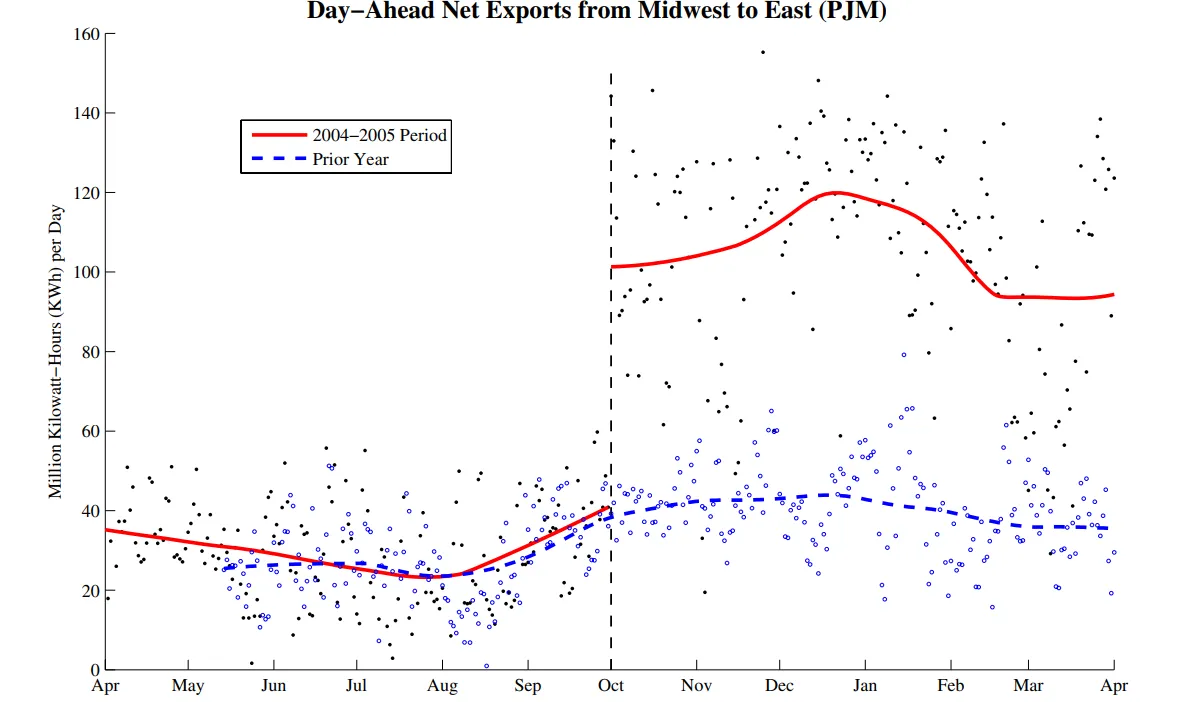
The limitations of ‘contract path’
The West has always had an almost romantic affinity for the bilateral market which utilizes the “contract path” approach of transaction. Contract path itself is a kind of accounting misnomer to make it sound like the natural gas market where molecules flow in one direction in a pipeline at between 5-12 meters/second. Electricity, as we all know, moves at the speed of light along the path of least resistance and congestion on one part of a utility system will affect a neighboring utility system.
Because of this, a utility operating in an OATT environment without an independent system operator with a view on the state of other nearby utility systems will need to operate its transmission system below full capacity to avoid affecting neighboring systems. Under these circumstances, a utility operator must decide:
- How much transmission to sell, recognizing a likely need to hold back some for possible needs or contingencies;
- Still make unused transmission available, and,
- Curtail transactions when lines get overloaded.
For the third-party user of the system, one must:
- Decide how much transmission service to buy which, if you are a renewable resource, purchasing for maximum output is normally too costly, and,
- Schedule use of the transmission system which likely will entail very unusual paths for the contract.
Making the best use of what is available now…
Economic efficiency (affordability) and reliability are both served by an independent operator utilizing a security constrained economic dispatch over a broad region under the guise of a single tariff. Additionally, variable energy resources are much more feasible in such a dispatch. The limitations of the contract path discussed above are largely eliminated.
I have often heard some who believe the efficiencies of the organized markets are somewhat illusory because the price of electricity only follows the marginal costs of the predominant fuel used to generate electricity. In the case of the East over the last 15 years, that has been natural gas. That notion is a misapplication of what a network dispatch does which is make maximum use of the existing transmission system to move a maximum amount of generation to meet demand over the largest area.
It is true that the West — and the rest of the country — need additional transmission to be built. However, the maximal use of resources over a broad area is what drives the efficiency rather than having resources limited by artificial boundaries and limited operational capability. We need to fully utilize what we have now.
Most of the Eastern Interconnection is efficiently utilizing its transmission capacity — a benefit Easterners have taken for granted. If we can get to the full efficiencies of the network dispatch by not stopping at a day-ahead market but rather using it as a “way station” on the way to an RTO-like dispatch, we will be doing the customers in the West a great service.




